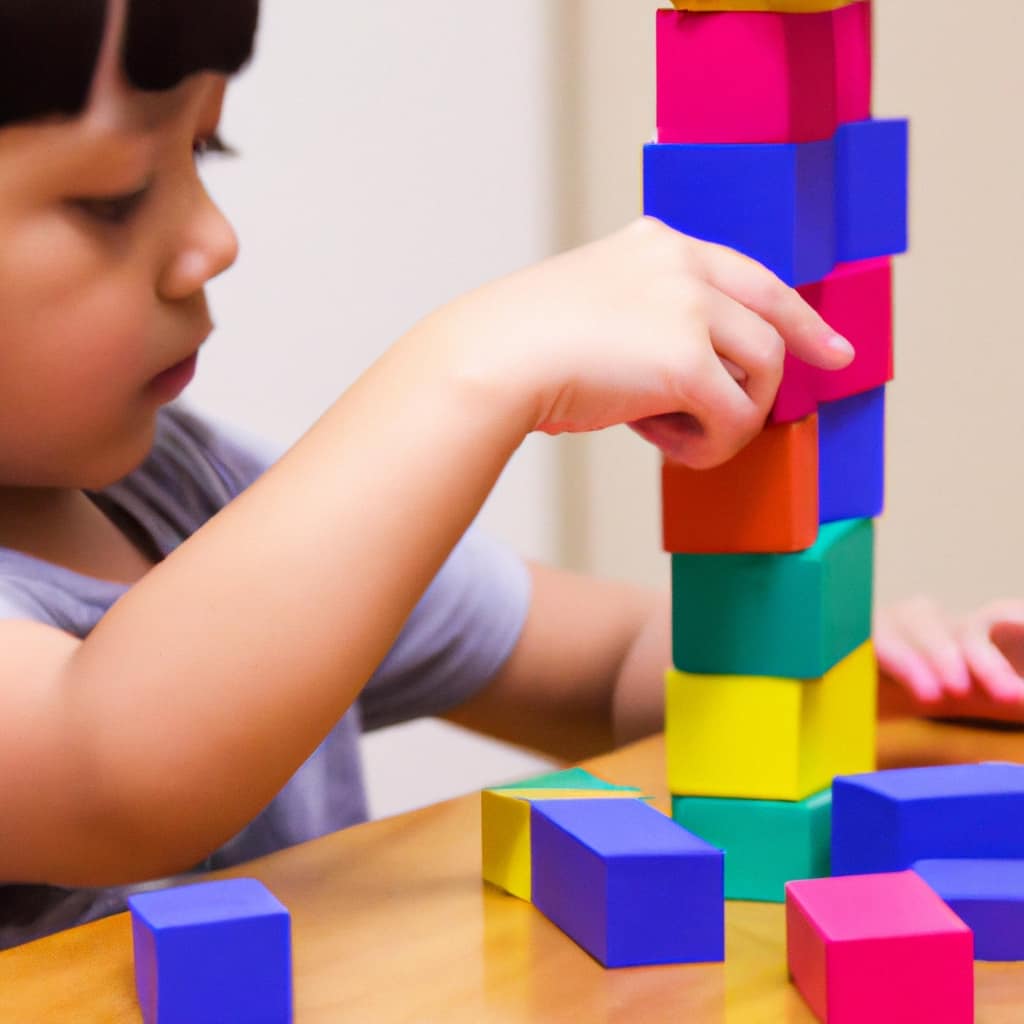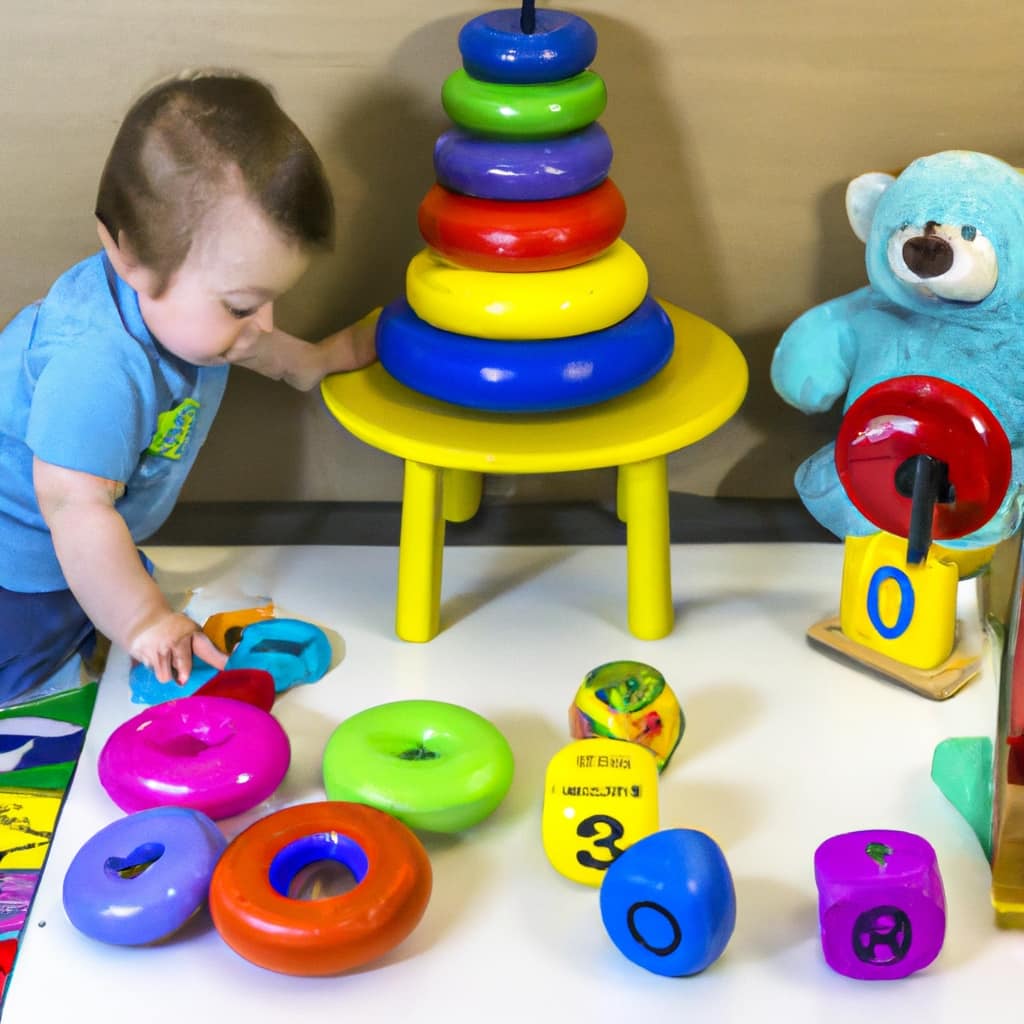As a person who is profoundly devoted to the education of young children, I am firmly convinced that employing Developmentally Appropriate Practice (DAP) is key to encouraging and enhancing optimal development in young kids.
DAP tailors teaching methods and activities to meet the unique needs and abilities of each child, fostering their social-emotional growth, problem-solving skills, and overall well-being.
By recognizing the interconnectedness of different areas of development and considering children’s individual strengths and interests, DAP creates a nurturing and inclusive environment where children can thrive.
Join me as we explore the principles, strategies, and benefits of DAP in promoting optimal child development.
Key Takeaways
- DAP emphasizes tailoring teaching methods and activities to meet the unique needs and abilities of young children.
- DAP supports children’s social-emotional development, promoting positive relationships, self-regulation, and empathy.
- DAP is crucial for fostering optimal learning and development in young children.
- Play-based learning is essential for promoting cognitive, social, emotional, and physical development.
The Definition of DAP and Its Significance in Child Development
DAP, which stands for Developmentally Appropriate Practice, is an important approach in child development. It emphasizes tailoring teaching methods to meet the unique needs of young children. Individualized instruction is of great importance in DAP. It recognizes that each child learns and develops at their own pace. By adapting instruction to meet the specific needs and abilities of each child, we can provide them with the support and challenge they require to thrive.
Creating a nurturing environment is another crucial aspect of DAP. This means creating a safe and supportive space where children feel valued, respected, and cared for. A nurturing environment fosters positive relationships, promotes emotional well-being, and encourages children to explore, learn, and grow.

The Principles of DAP and Their Impact on Learning and Growth
Implementing developmentally appropriate practices in early childhood education recognizes the interconnectedness of different areas of children’s growth and promotes their overall well-being. The principles of DAP have a significant impact on children’s learning and growth.
One key aspect is the role of play in DAP implementation. Play-based learning allows children to explore, discover, and make sense of the world around them. It fosters creativity, problem-solving skills, and social interaction. Research has shown that play supports cognitive development, language skills, and academic achievement.
By incorporating play into their teaching, educators can create engaging and meaningful learning experiences for children. This approach also promotes a positive attitude towards learning and enhances children’s motivation to explore and discover new concepts.
Overall, DAP, with its emphasis on play, plays a crucial role in supporting children’s academic achievement and holistic development.
Strategies for Implementing DAP in Child Development Programs
I can create a nurturing and inclusive environment in my classroom that supports the social-emotional growth of young children. By implementing Developmentally Appropriate Practice (DAP), I can provide individualized instruction that meets the unique needs and abilities of each child.
To ensure the effectiveness of DAP, I will regularly assess and reflect on my teaching practices. Here are some strategies I will use:

- Conduct ongoing assessments to understand each child’s strengths and areas for growth.
- Adapt instruction to meet the individual needs and abilities of each child.
- Create a flexible and child-centered curriculum that promotes engagement and success.
- Foster positive relationships and interactions between children and adults.
Through these strategies, I will create an environment where children can thrive, develop their social-emotional skills, and reach their full potential.
The Benefits of DAP in Promoting Overall Child Development
By incorporating Developmentally Appropriate Practice (DAP) in my classroom, I can foster the overall growth and well-rounded development of young children. DAP has long-term effects that positively impact children’s development and readiness for school.
Research shows that when children engage in developmentally appropriate activities and experiences, they develop essential skills and abilities that support their academic and social success. DAP promotes cognitive, social-emotional, and physical development, laying a strong foundation for future learning.
By tailoring teaching methods and curriculum to meet children’s developmental needs, DAP enhances their engagement, motivation, and problem-solving skills. It also fosters positive relationships with peers and teachers, creating a sense of belonging and overall well-being.
Implementing DAP creates a supportive and nurturing learning environment where children can thrive and reach their full potential.
Supporting Points and Additional Information on DAP
Incorporating hands-on activities and play-based learning supports the individual needs and abilities of young children, promoting their overall growth and well-rounded development.

-
Play-based learning enhances children’s creativity, problem-solving skills, and critical thinking abilities, fostering a love for learning from an early age.
-
Individualized instruction allows teachers to tailor activities and approaches to meet each child’s unique strengths, interests, and needs, promoting optimal learning experiences.
-
Play-based learning promotes social-emotional development, helping children develop empathy, cooperation, and communication skills, which are essential for building positive relationships.
-
By incorporating play-based learning and individualized instruction, children develop confidence, independence, and a sense of autonomy, laying a solid foundation for lifelong learning.
Research consistently shows that play-based learning and individualized instruction have significant benefits for young children. By providing opportunities for hands-on exploration and tailoring instruction to each child’s needs, we can support their holistic development and set them up for success in school and beyond.
Incorporating DAP in Different Age Groups: From Infants to School-Age Children
Now let’s explore how Developmentally Appropriate Practice (DAP) can be incorporated in different age groups, from infants to school-age children. It is essential to understand that each age group has unique developmental needs and abilities. For infants, DAP focuses on responsive and nurturing interactions, promoting their social-emotional development. As children grow into toddlers, DAP provides opportunities for exploration and play-based learning. Preschoolers benefit from hands-on experiences that foster their cognitive, social, and emotional development. Finally, school-age children thrive in collaborative projects that enhance their problem-solving skills and promote their overall learning.

To give you a visual representation of how DAP can be applied in different age groups, here’s a table:
| Age Group | DAP Approach |
|---|---|
| Infants | Responsive and nurturing interactions |
| Toddlers | Opportunities for exploration and play-based learning |
| Preschoolers | Hands-on experiences that foster development |
| School-Age Children | Collaborative projects that enhance problem-solving skills |
The Role of Teachers in Facilitating DAP and Creating a Nurturing Environment
As a teacher, I play a vital role in creating a nurturing environment that supports the unique needs and abilities of each child. This includes facilitating collaborative learning and fostering strong teacher-student relationships.
Collaborative learning: By encouraging group work and cooperative activities, I promote teamwork, communication, and problem-solving skills. This not only enhances academic growth but also helps children develop social-emotional skills and empathy.
Teacher-student relationships: Building positive relationships with my students is crucial for creating a nurturing environment. I strive to establish trust, respect, and open communication with each child. This allows me to better understand their individual needs, interests, and strengths, and tailor my teaching accordingly.
Through collaborative learning and strong teacher-student relationships, I ensure that my classroom is a safe and supportive space where each child can thrive and reach their full potential.
Research and Evidence Supporting the Effectiveness of DAP in Early Childhood Education
I have reviewed a significant body of research that supports the effectiveness of DAP in early childhood education.

Research findings consistently provide empirical evidence that implementing DAP principles leads to positive outcomes for young children. Studies have shown that DAP promotes children’s social-emotional development, cognitive skills, and overall well-being.
When teachers tailor their teaching methods and activities to meet children’s developmental needs, they create an environment that fosters optimal learning and growth. DAP recognizes the importance of play, hands-on experiences, and social interaction in supporting children’s development.
Furthermore, research has shown that DAP leads to higher levels of engagement, motivation, and problem-solving skills in children. These findings highlight the significance of DAP in early childhood education and emphasize the need for educators to implement developmentally appropriate practices based on research-based evidence.
Frequently Asked Questions
What Are Some Effective Strategies for Promoting Collaboration Between Teachers and Families in Implementing Dap?
Promoting collaboration between teachers and families in implementing DAP involves open communication, mutual respect, and shared decision-making. Effective strategies include regular meetings, family involvement in classroom activities, and creating a welcoming and inclusive environment for all.
How Can Teachers Assess and Adjust Their Teaching Methods to Ensure They Are Developmentally Appropriate?
To ensure my teaching methods are developmentally appropriate, I regularly assess and adjust them based on the needs and abilities of my students. This allows me to provide an optimal learning experience for each child.
What Are Some Ways Parents Can Incorporate DAP Principles at Home to Support Their Child’s Development?
To support your child’s development at home, you can incorporate DAP principles by providing hands-on activities, encouraging exploration and creativity, fostering a sense of autonomy, and strengthening your parent-child relationship. Collaboration between teachers and families is crucial for optimal child development.

Are There Any Specific Age Groups That May Require Additional Adaptations or Modifications in Implementing Dap?
Specific age groups may require additional adaptations or modifications in implementing DAP. For example, infants benefit from responsive interactions, toddlers from play opportunities, preschoolers from hands-on learning, and school-age children from collaborative projects.
Can You Provide Examples of Hands-On Learning Experiences That Are Developmentally Appropriate for Preschoolers?
Preschoolers thrive through hands-on learning experiences that are developmentally appropriate. Examples include sensory play with sand or water, art activities like painting or sculpting, and engaging in dramatic play to enhance imagination and social skills.
Conclusion
In conclusion, DAP is an essential approach in child development. It tailors teaching methods to meet the unique needs of young children. By recognizing their individual strengths, interests, and cultural backgrounds, DAP creates a nurturing and inclusive environment where children can thrive.
Through play-based activities and fostering positive relationships, DAP promotes optimal learning and development. This leads to higher levels of engagement and problem-solving skills. Just like a well-tuned instrument, DAP harmonizes different areas of development to create a symphony of growth and well-being in young children.











